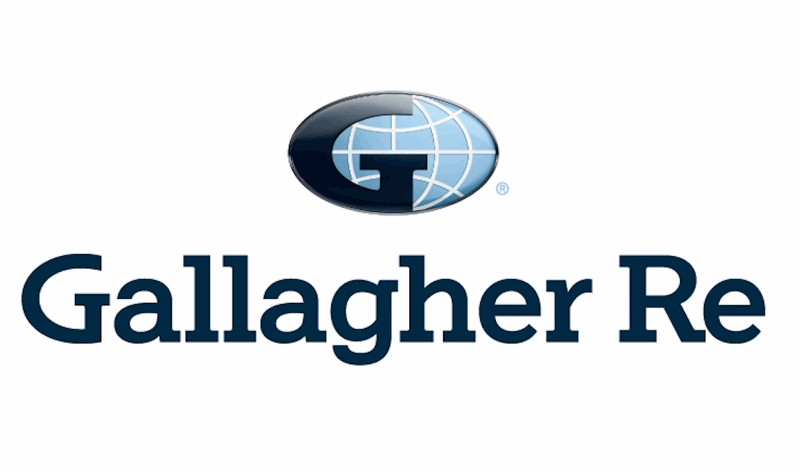US insurers tackle casualty challenges through underwriting & claims improvements: Gallagher Re
- September 16, 2025
- Posted by: Kane Wells
- Category: Insurance

U.S. property and casualty (P&C) insurers, particularly those exposed to long-tail casualty lines, are continuing to take proactive steps to address profitability challenges by refining underwriting strategies and enhancing claims management practices in an effort to mitigate adverse loss trends and improve future performance, according to reinsurance broker Gallagher Re.
Nonetheless, a new report from the firm noted that concerns persist around prior-year loss development, inflationary pressures, and an increasingly complex litigation environment.
In calendar year 2024, U.S. P&C carriers reported a collective $8.1 billion in adverse prior-year development related to the trailing 10 accident years, more than double the $3.8 billion reported in 2023.
Still, the “proactive steps” mentioned above were, as per Gallagher Re, reflected in outcomes at the July 1 2025, renewal, with ceding commissions largely flat or fractionally down on quota-share business, and rates broadly stable in excess of loss.
Reinsurers reportedly showed greater confidence in those cedants who articulated the actions they have taken to improve performance, and how their actions tangibly improve future performance.
Yet, Gallagher Re suggested there was a clear market divide, with cedants unable to provide evidence on how they are tackling the performance issues, and outcomes were less favourable.
“That puts a premium on not only articulating, but also crucially quantifying, the impact of these strategic improvements.” Gallagher Re said.
The firm’s report continued, “Gallagher Re has been working closely with our clients to evidence the impact of these shifts, from overhauling claims practices, to changes in business mix by geography or industry.
“These have been traditionally harder to quantify in long-tailed casualty lines, but with additional work to quantify cedant-specific actions, have a material impact on renewal outcomes.”
Breaking down casualty rate movements at the July 1, 202,5 renewal, Gallagher Re reported that in Australia, excess of loss rates decreased between -5% and 0% where there was no loss emergence, while programs with loss emergence saw rate increases of +5% to +7.5%.
International liability and professional lines followed a similar pattern, with rates down -5% to 0% for no loss emergence, and a narrower movement of -2.5% to +2% when loss emergence was present.
In the United States, general third-party liability showed the widest range for no loss emergence, at -5% to +5%, and a more pronounced increase of 0% to +10% when loss emergence occurred.
Healthcare liability rates were stable to rising, ranging from 0% to +5% without loss emergence, and jumping to +5% to +20% when losses emerged.
U.S. professional lines mirrored this trend, with rates between -5% to 0% for no loss emergence and 0% to +10% for loss emergence.
Lastly, U.S. workers’ compensation experienced mild decreases of -2.5% to 0% where no loss emergence occurred, and modest increases of 0% to +2.5% when it did.
This website states: The content on this site is sourced from the internet. If there is any infringement, please contact us and we will handle it promptly.



